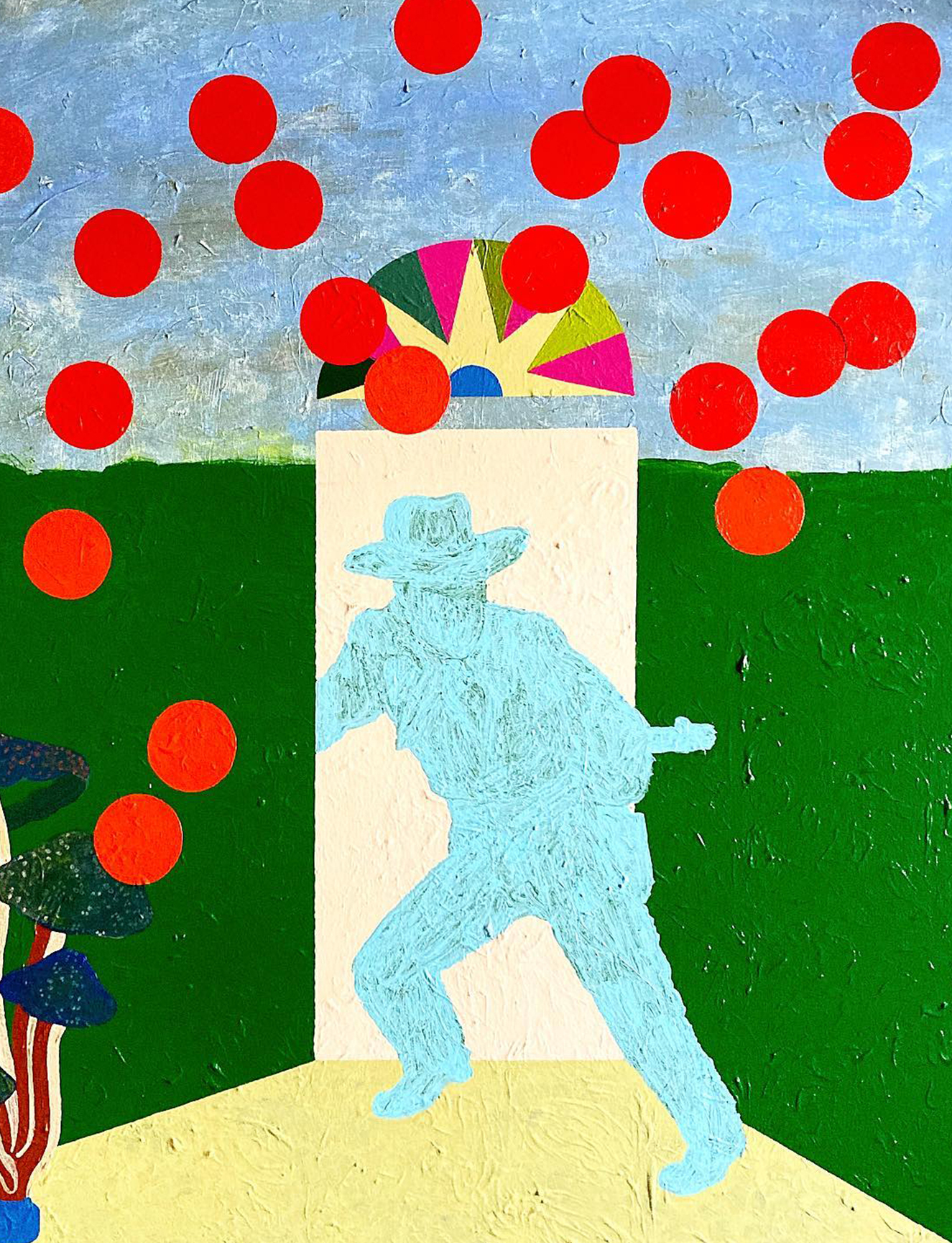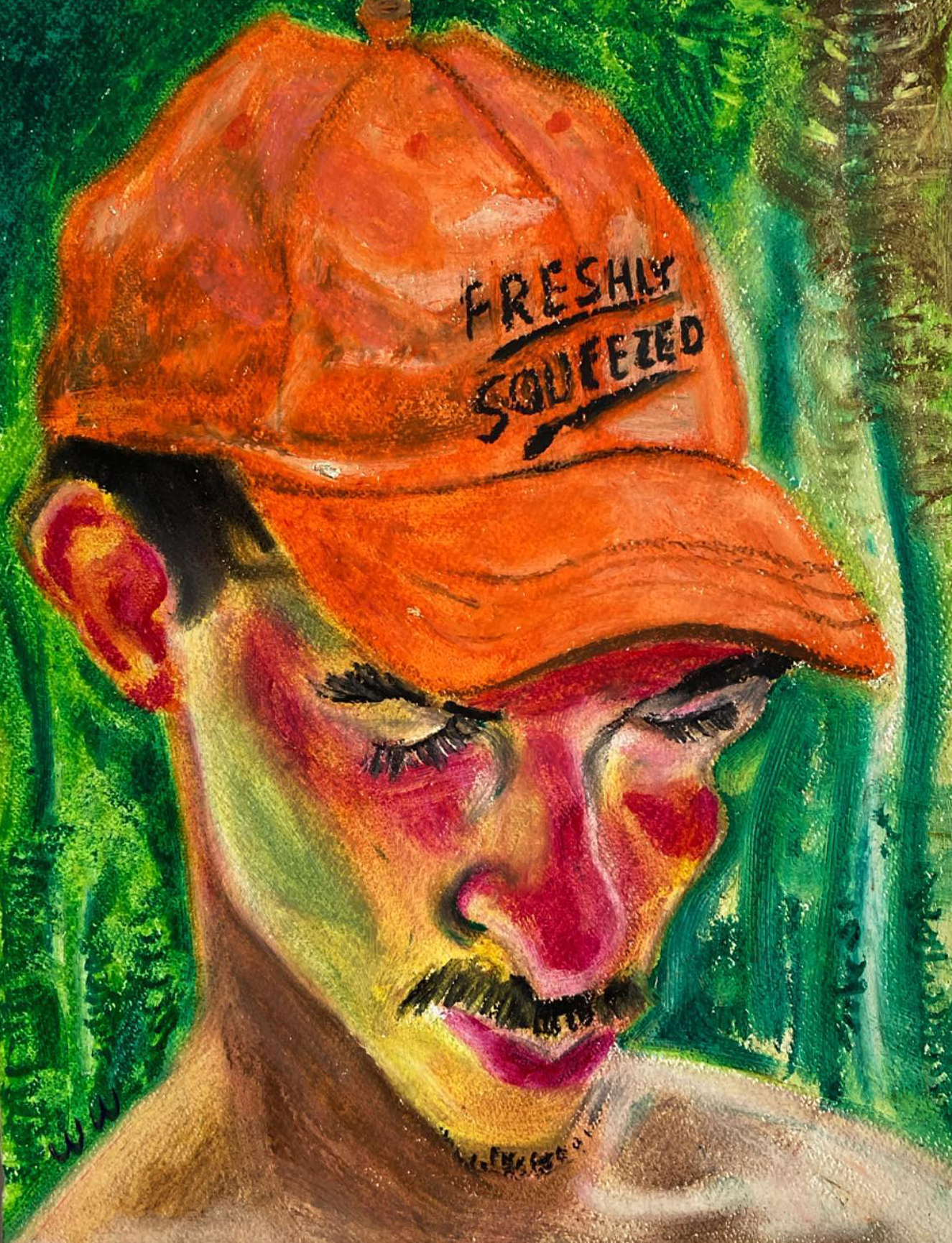You describe yourself as an illustrator, artist and musician. What do you think the relationship, for your creative practice, is between these three things? Do they influence each other?
I think they influence each other more and more, because whatever it is that I’m making all comes from the same place. It’s become really important for me to have different ways of working, just because I have found that if I only do one thing for too long, it has absolutely disastrous effects on my mental health. I tend to make music just after a long stint of working on commissions as an Illustrator, and then when I’m stuck or bored with music, I usually do a painting or a drawing.
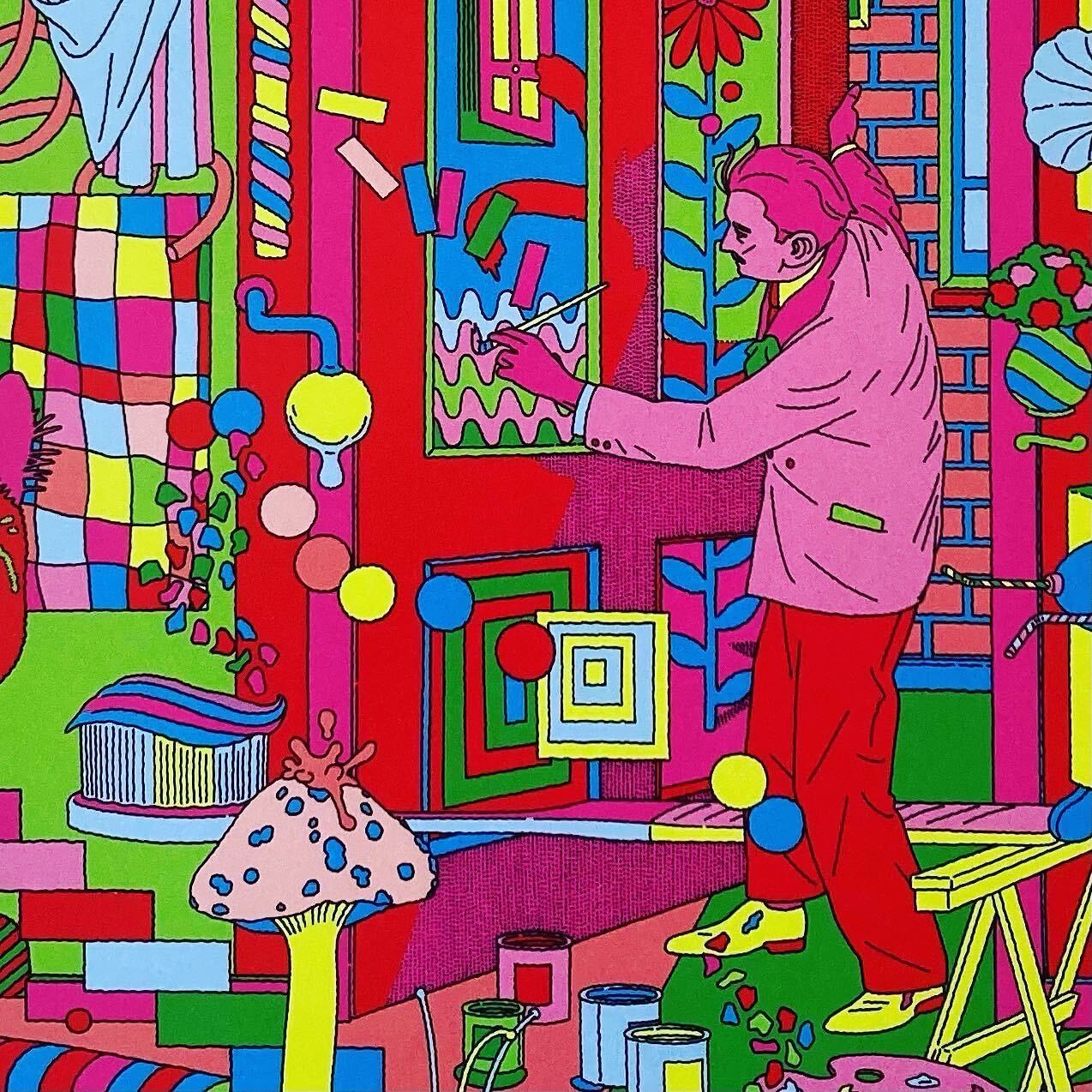
You made a really interesting video recently for The Eames Institute about your sketchbook, and have also published a retrospective of your sketchbooks. Do you think your sketchbook functions a bit like a diary?
It’s more like an external hard drive for my mind. It’s a collection of things I notice, hear, watch, listen to, think, say, want, eat and drink.
My sketchbook acts as a start point
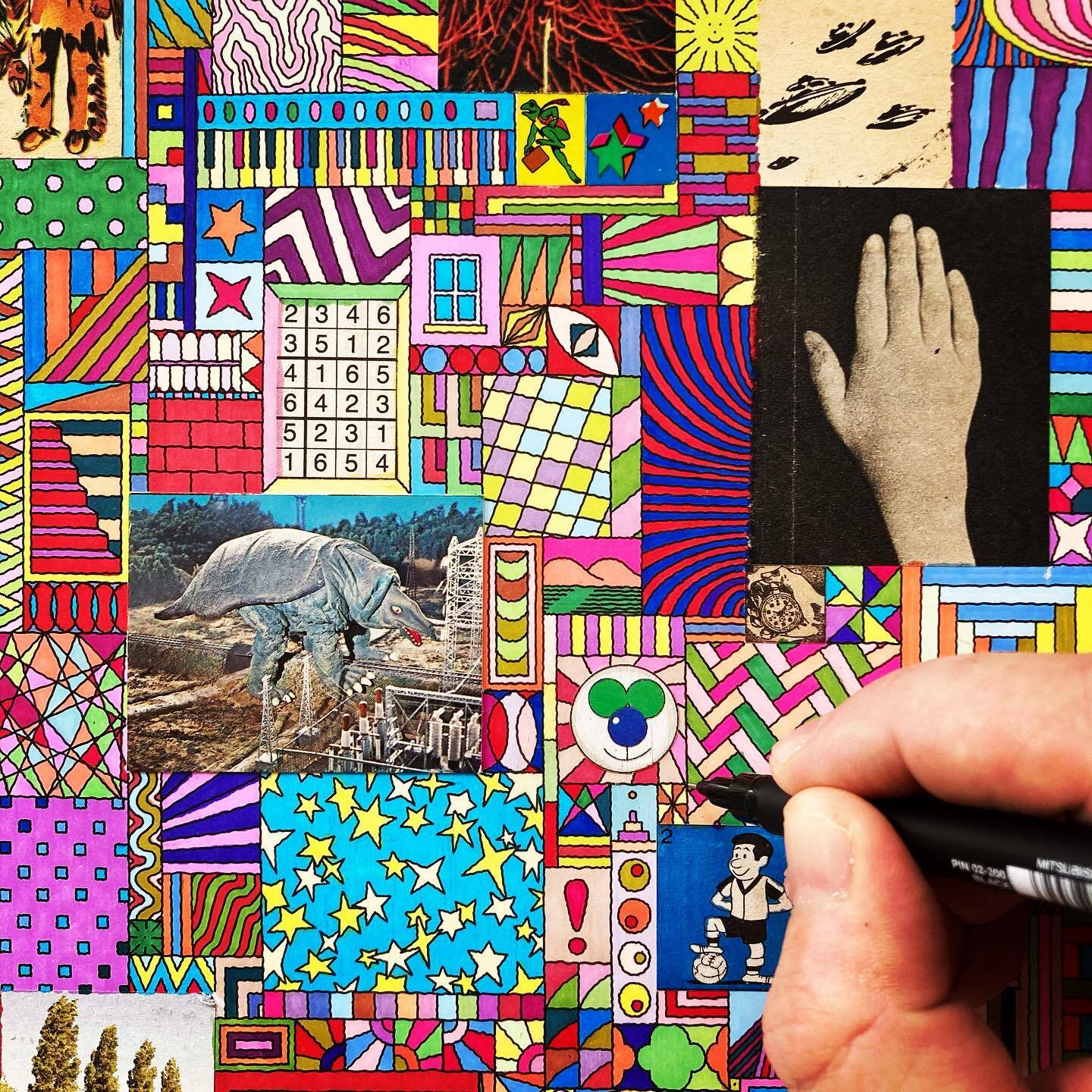
In the video you said you’ve used your sketchbook every day for the past 15 years, so that it’s almost become a subconscious part of your practice. How does an idea make it out of the sketchbook?
My sketchbook acts as a start point for so many things. Usually at the start of any type of project, whether it’s commissioned or personal, I’ll start by flicking through my most recent sketchbook to look for something I can start with and then build upon.
Are there other artist’s sketchbooks, whether published or even your friends, that you find inspiring?
I love looking at other people’s sketchbooks, but not really for inspiration, more just because it’s interesting to see what people choose to put in them.
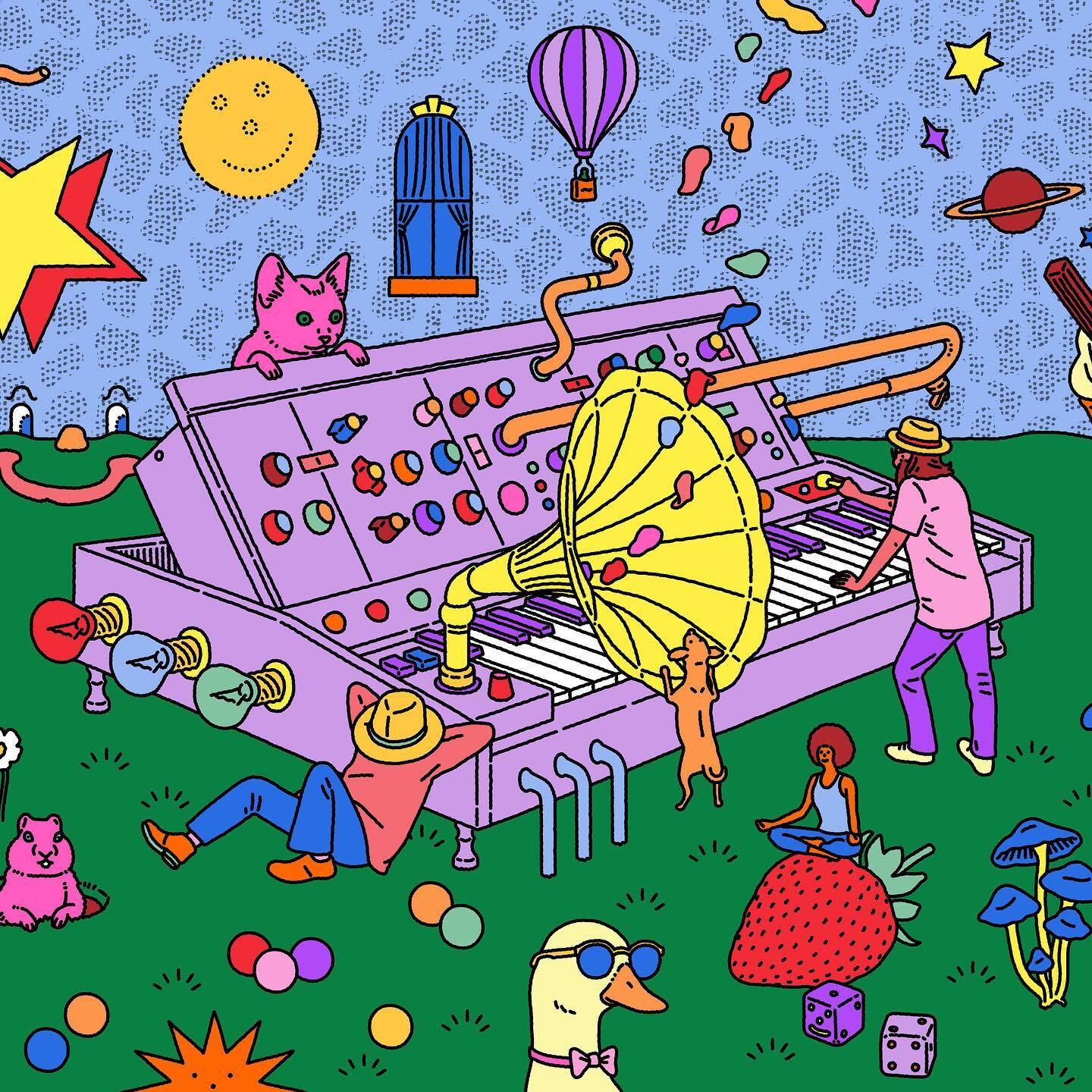
When did you first realise you wanted to be an artist?
Day one.
Which other jobs did you do before you became a full-time creative?
I worked on a golf course. I had to drive around in a golf cart telling people to either speed their game up or slow it down.
How do you know when something you’re working on is finished?
It just feels time to move on to something else.
I don’t give up on anything I make

When do you know it’s time to give up on something?
I don’t give up on anything I make. Usually, if there is something I’ve hit a wall with, I’ll put it away until I can’t remember what it looks or sounds like and then I’ll go back to whatever it is with fresh eyes or ears. If I do that, I have new ideas about how to finish it.
Read More: Najla Said Is Providing Representation



